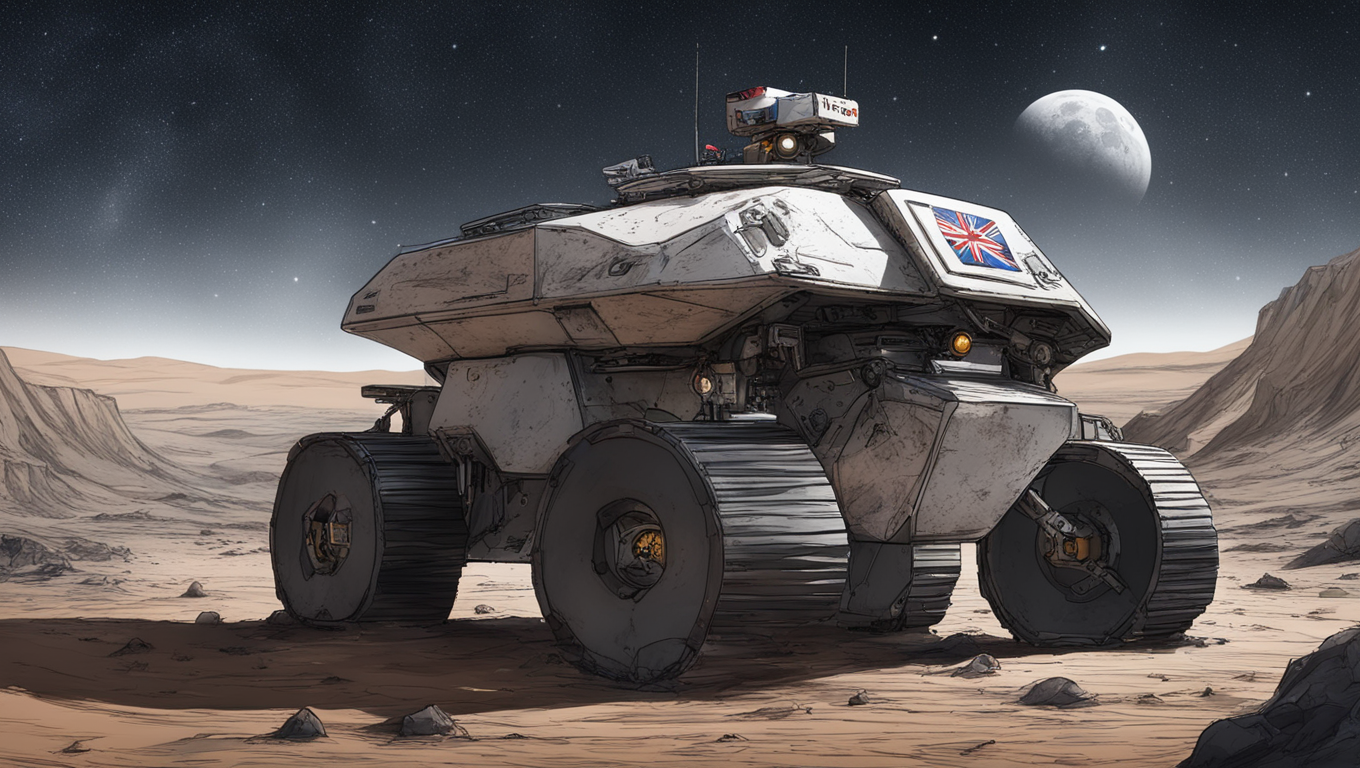Australia’s remote mining technology is set to give the country an edge in the field of space exploration. The vastness of Australia and the expertise developed in the nation’s resources sector have made it an ideal location for NASA to develop a moon rover for the Artemis space mission. With experience in remote-controlled, long-distance fleet management and the use of artificial intelligence in navigating challenging terrain, Australian researchers and developers are well-suited to creating technology that can be controlled from Earth.
Leanne Cunnold, CEO of AROSE, an Australian consortium working on a prototype for the mission, highlights the unique capabilities of Australian remote technology. “Perth can be monitoring mine flights in the Pilbara which is, you know, 1500 kilometres, 1700 kilometres away. And to put that into context, the International Space Station is about 400 kilometres above Earth,” Cunnold explains. “Of course, the moon is a lot further but sure, you know, we have those capabilities.”
Australia’s remote-controlled mining operations have paved the way for advancements in fleet management and the use of artificial intelligence. These technologies have been instrumental in navigating the challenging terrains of Australia’s oil and gas exploration sites, where the use of human-operated machinery is often not feasible. As a result, Australian researchers and developers have honed their skills in designing and implementing remote-controlled systems that can operate efficiently over long distances.
The expertise gained from these mining operations has now positioned Australia as a frontrunner in the development of remote-controlled technology for space exploration. Applying the same principles used in the mining industry, Australian researchers are designing a prototype rover that can be remotely controlled from Earth for the Artemis mission. This includes the use of advanced artificial intelligence algorithms to navigate the rugged and treacherous lunar terrain.
The convergence of mining technology and space exploration not only showcases Australia’s capabilities but also highlights the broader trend of cross-industry collaboration in technological advancements. As Paul Boyes, CEO of Earth AI, a company specializing in AI applications for the resources sector, notes, “The remote capability is basically the same whether it’s a mine in the Pilbara or a mission to the moon, in that you need low-latency, high-quality, consistent data feeds.” This collaboration between industries, leveraging the expertise gained in one domain to benefit another, is a key driver of technological progress.
Australia’s remote mining technology has drawn the attention and collaboration of NASA, underscoring the nation’s outstanding capabilities in this field. As the Artemis mission aims to return humans to the moon and establish a sustainable lunar presence, Australia’s unique expertise in remote-controlled operations and artificial intelligence will play a vital role in achieving these ambitious goals.
In an era of rapid technological advancement, it is fascinating to witness how innovations in one industry can influence and propel progress in another. Australia’s remote mining technology serves as a testament to the country’s ingenuity and adaptability. As space exploration takes center stage in the coming years, the lessons learned and technologies developed in Australia’s mining industry will continue to shape and enhance our capabilities in venturing beyond Earth’s boundaries.





Use the share button below if you liked it.